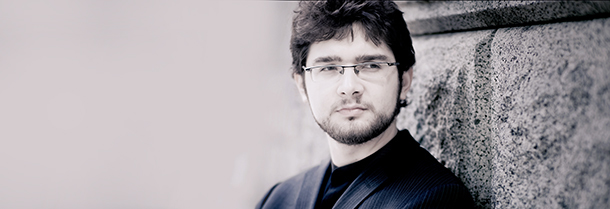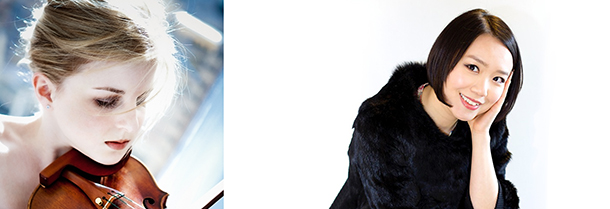Tag: piano
-
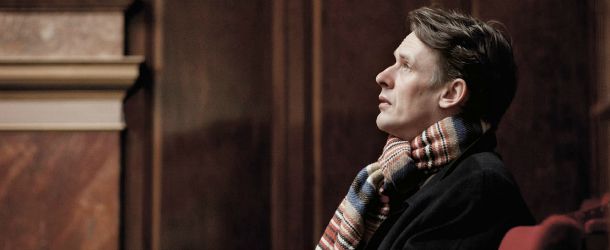
PROGRAM NOTES: IAN BOSTRIDGE & WENWEN DU
Gustave Mahler Three Des Knaben Wunderhorn Songs The collection of German folk poetry published between 1805 and 1808 under the title Des Knaben Wunderhorn (The Youth’s Magic Horn) had an enormous influence on the development of German lyric poetry and song in the 19th century, and the artless simplicity of these verses was particularly attractive…
-
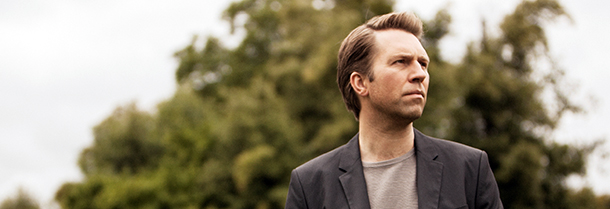
PROGRAM NOTES: LEIF OVE ANDSNES
Jean Sibelius Kyllikki, Three Lyric Pieces for Piano Op. 41 Finland’s national composer, Jean Sibelius, has earned an honoured place in the modern canon chiefly on the merits of his orchestral works, notably his seven symphonies, the Violin Concerto, and the tone poem Finlandia. Less celebrated are the composer’s more than 150 miniatures for piano,…
-
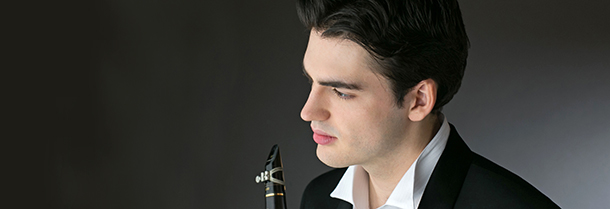
PROGRAM NOTES: RAPHAËL SÉVÈRE & PAUL MONTAG
Alexander Borodin Sonata for Cello and Piano in B Minor (adapted for clarinet & piano by Raphaël Sévère) The role of the noisy neighbour in music history is an unjustly neglected theme for research but well worth considering in the case of Alexander Borodin’s Sonata for Cello & Piano in B minor (c.1860). Deeply imprinted…
-
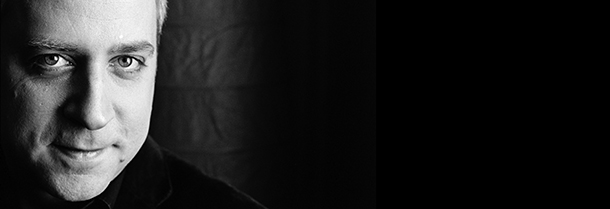
PROGRAM NOTES: JEREMY DENK
Johann Sebastian Bach English Suite No. 3 in G Minor, BWV 808 Bach’s keyboard suites are a remarkable amalgam of the florid keyboard idiom of the French, the lyrical gift for vocal melody of the Italians, and the sober contrapuntal rigour of his fellow Germans. The suites which posthumously (and illogically) came to be labelled…
-
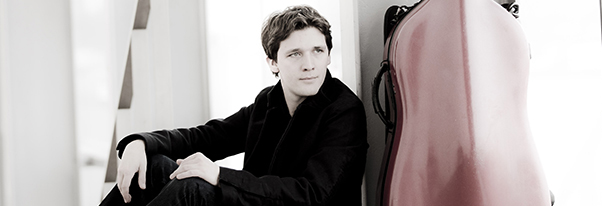
PROGRAM NOTES: MAXIMILIAN HORNUNG & BENJAMIN ENGELI
Robert Schumann Fünf Stücke im Volkston, Op. 102 Long before Martha Stewart made middle-class home furnishings a “thing,” the Biedermeier period (1815-1848) ushered in a bourgeois age of cozy home interiors that celebrated domestic family life and gave music a prominent place within it. Biedermeier Europe enjoyed the blessings of peace after the defeat of…
-
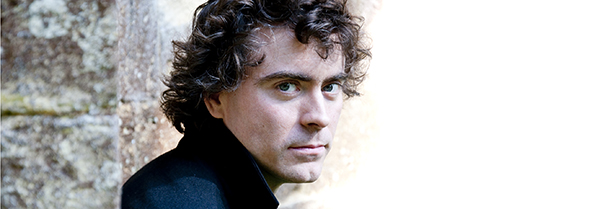
PROGRAM NOTES: PAUL LEWIS
Beethoven’s Late Piano Sonatas If ever a composer were to be remembered as going out swinging, that composer would be Beethoven. As ‘sunset’ periods go, the blaze of glory that the late piano sonatas and quartets, the Diabelli Variations, the Missa Solemnis and Ninth Symphony lit up in the historical firmament can still be felt…
-
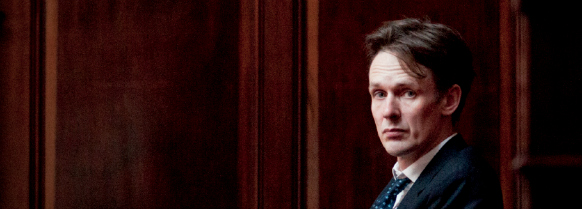
PROGRAM NOTES: IAN BOSTRIDGE & WENWEN DU
Franz Schubert Winterreise It is a fact of musical life that there are commonly accepted ‘right’ ways (and even more ‘wrong’ ways) of performing the great works of past. These works arrive on our music stands embedded with notions of ‘stylistic correctness’ that guide our first attempts at interpretation, serving the same function as the lines…
-
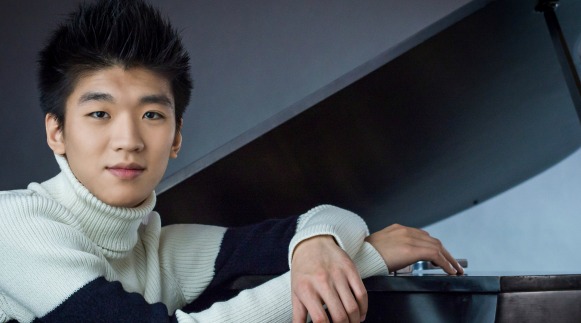
PROGRAM NOTES: YUN-CHIN ZHOU
Domenico Scarlatti Three Sonatas The 550-odd sonatas of Domenico Scarlatti are perhaps the most successful works to migrate from the harpsichord to the modern grand piano. Their transparent texture of simple two- and three-part keyboard writing has one foot in the imitative counterpoint of the Baroque while anticipating the Classical era of Haydn and Mozart…


